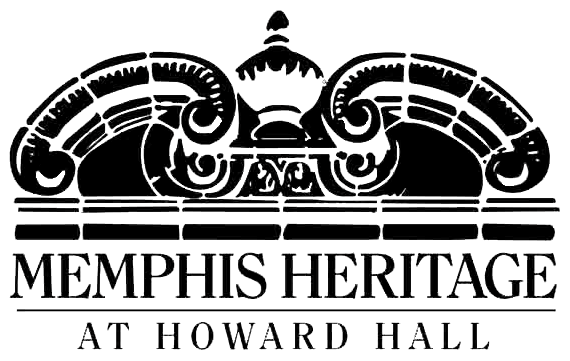Status: Preserved
Location: Overton Park, Memphis
Built: 1901
Architectural Style: Park
Original Function/Purpose: Park
The Overton Park Historic District was placed on the National Register on Oct. 25, 1979.
History: Overton Park was designed by landscape architect George Kessler in 1901-02 and named for John Overton. The 342-acre district includes the Memphis Zoo (established 1906, top photo), the Memphis Brooks Museum of Art (1916, second photo), the Levitt Shell (third photo, formerly known as the Overton Park Shell (1936) or Memphis Open Air Theatre, and the Raoul Wallenberg Shell (1982)), and the Memphis College of Art (1956, bottom photo showing the College’s Rust Hall). Overton Park contains a wealth of art, memorials and other historic or recreational structures. In his first paid concert appearance, Elvis Presley (called Ellis Presley in one newspaper ad) performed at the Shell in 1954. Several of the major institutions located in the park have undergone, or soon will undergo, major changes. Memphis Brooks Museum of Art plans to relocate downtown on a redeveloped riverfront by 2024. In 2022, the Levitt Shell resumed its historic name of The Overton Park Shell, although it will continue to be partly funded by the Mortimer Levitt Foundation. Also in 2022 the reimagined Overton Park golf course reopened to the public, and the 96-year-old Abe Goodman Golf Clubhouse began undergoing renovations “to make it more structurally sound, brighter, more accessible, and more spacious for gathering.” Memphis College of Art closed in May 2020, and two months later a search committee recommended that the National Ornamental Metal Museum should be the next occupant of the college’s signature Rust Hall. The Museum is in the process of raising $35 million to renovate the building and add “a new Metals Studio to allow for forging, casting and large metal fabrication.” It will however keep its original site beside the Mississippi River as a residence for working artists. An appropriations bill passed by Congress in July 2022 included $3 million to help resolve a parking issue that has plagued the Greensward, the park’s open space, for decades.
ADDITIONAL DOCUMENTATION
Approved Nov. 10, 2021
When the Overton Park Historic District was listed on the National Register of Historic Places in 1979, the Memphis Academy of Arts, now best known as Rust Hall or Memphis College of Art, was mentioned briefly. (See bottom photo in the series above.) However, at that time the building was non-contributing due to its age. Since then it has gained significance in its own right. Former Academy buildings near downtown in Victorian Village became dilapidated in the years following World War II, and the City of Memphis offered land in Overton Park to build a new school. The architects were William Mann, Roy Harrover, and Leigh Williams, Associate, of the firm Mann & Harrover. The three-story building with its “character-defining brise soleil” facade was constructed in the New Formalism style in two phases, in 1959 and 1967, with some other non-contributing additions in the 1970s and 1980s. “The Memphis Academy of Art stands out as an excellent and early example of New Formalism and the modern movement in Memphis.”
Maps:


City Council District: 5
Super District: 9
County Commission District: 7




